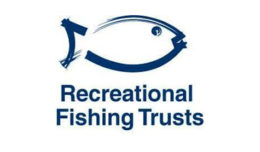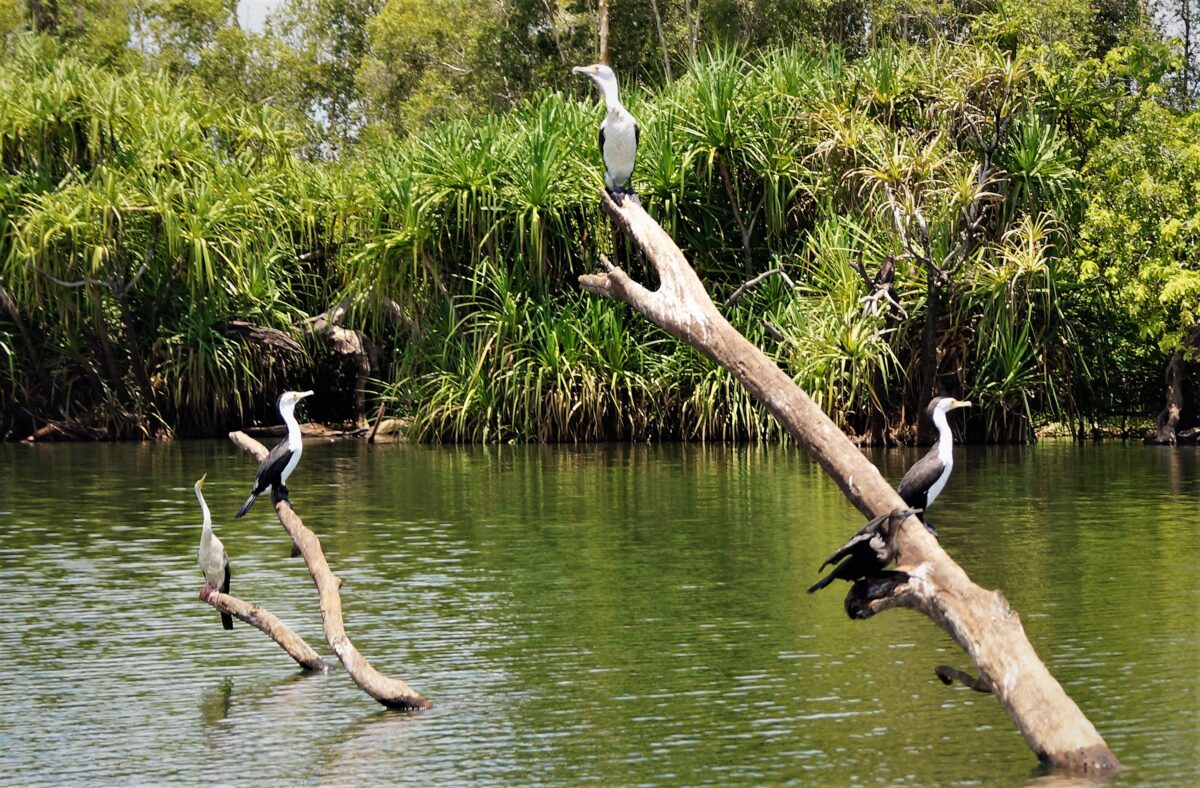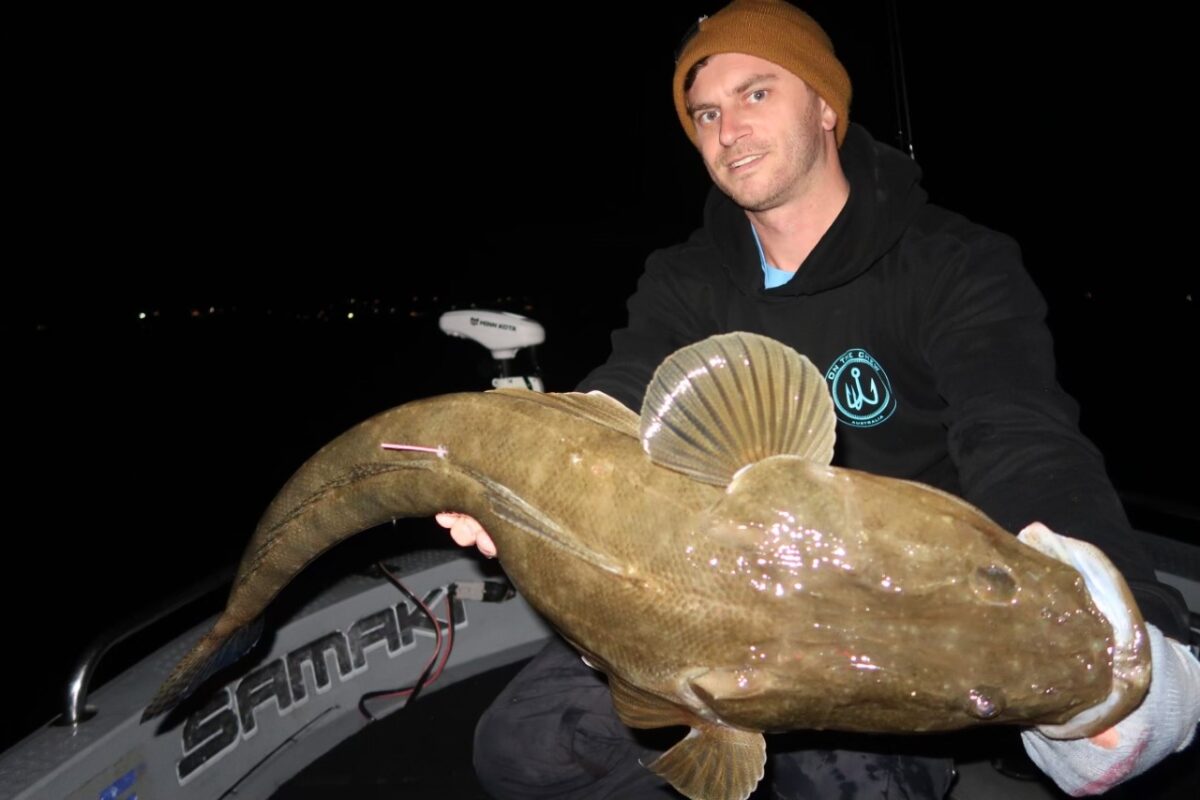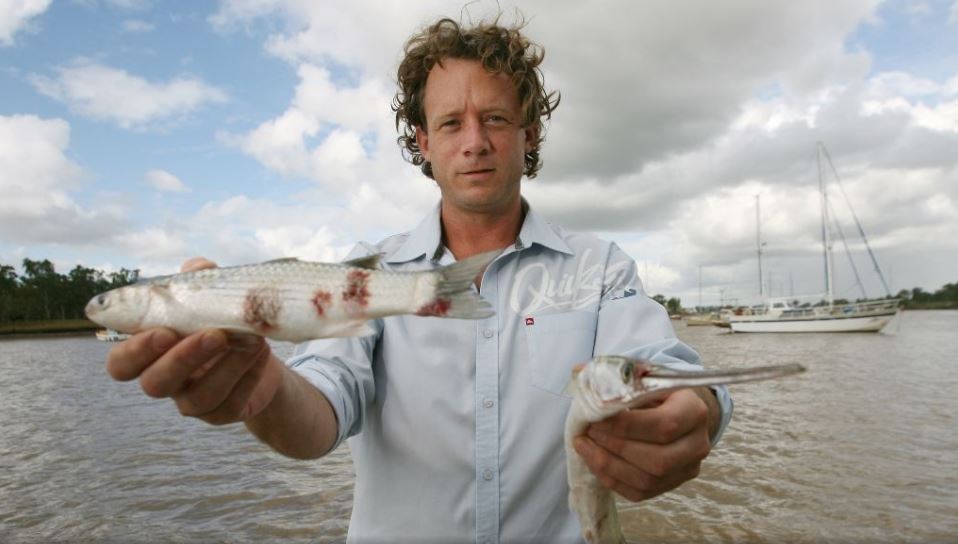How to monitor fish habitat with trail cameras
This video helps you know how to set up trail cameras for you fish habitat site you’d like to monitor. Use this video in conjunction with the below photo-point datasheet to capture information. The video is a demonstration guide only and should always be conducted in consultation with an OzFish Project Officer/Manager.
*Use one sheet per camera, set up many cameras for your site, at least 3 is recommended set for at least 4 weeks’
How to set up a BRUV
Watch this video to find out how to use these submersible camera stations to see into the underwater world. BRUV’s or Baited Remote Underwater Video cameras use bait to attract fish from the area in front of the camera, so we can analyse the footage to find out more about the diversity and abundance of fish species in our waterways.
This educational video is a demonstration guide only and should always be conducted in consultation with an OzFish Project Officer/Manager.
How to collect an eDNA sample
Every living creature leaves traces of DNA in the environment. When an organism, such as a fish, moves through the environment it is constantly shedding bits of itself, like dead skin cells, scales, mucus, or other bodily secretions into its surroundings.
The DNA in this organic matter is known as environmental DNA (eDNA). If someone tested a sample of the water, these pieces of DNA could indicate the recent presence of the fish, even if no fish is seen. This video will show you how to correctly use an enviroDNA test kit in order to assess the species biodiversity in your waterway or to detect any elusive species that we suspect may be living there.
This video is a demonstration guide only and should always be conducted in consultation with an OzFish Project Officer/Manager.
Incidental Animal Sightings
When you’re out and about chasing fish, you might be lucky enough to spot some other wildlife.
Once you’ve filled in your reports, please submitted them to your OzFish project manager or contact person for reporting. We keep them on file and monitor how records of change over time.
Citizen science is an important tool that can provide us with invaluable information about the health of ecosystems, local biodiversity and restoration efforts. Better habitat means better fishing.
Fish Tagging
Tagging is a fun way to contribute to collecting scientific data, and a great excuse to go fishing. We’ve had lots of OzFishers ask how they can be involved in fish tagging, so we’ve made this guide. Here, you will find information on how and where to get tags, how to apply the tags, how your data is used, and how to report catching a tagged fish.
Have You Observed Red Spot Disease?
OzFish would like to know about it.
In the recent devastation of drought and widespread bushfire, with the subsequent rainfall, some of Australia’s key waterways have been destroyed.
Part of this is recognising when and where Red Spot Disease is occurring.
OzFish is encouraging fishers to report basic information using our online form and to submit this with any photos you might have.
These resources are made possible with the support of









